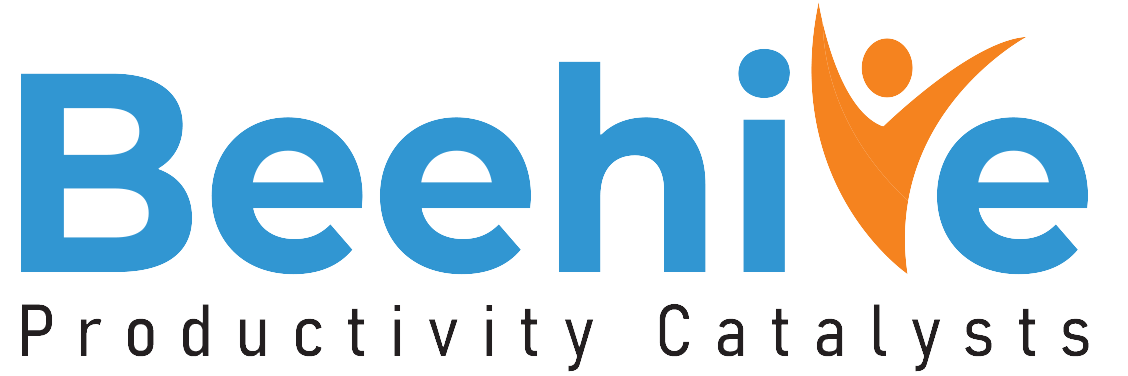Using both employee and ROI data, workforce analysis (also referred to as workforce planning) assists in making decisions about recruiting, retaining, and managing employees.
Analyzing the workforce allows for the preservation of critical competencies, the management of succession, the optimization of costs, the reinforcement of agility, and the preservation of resiliency. Identifying and forecasting employee and skill demand accurately and on time is crucial to achieving these objectives.
What is workforce analysis?
An employee analysis is a technique that, in every organization, top management will use to assess the employee and what is influencing it. There are several questions concerning workforce analysis: “Why do we have such high turnover? “Why do we have such a high recruitment level?” “Why do employees leave our organization in the first place?
A workforce analytics system uses employee-related metrics to provide a way to gauge how well a company’s workforce is performing.
Based on a Harvard Business study, advanced analytics directly correlates to better managing employees. To determine the workforce’s current state and make improvements related to HR strategies, it is essential to perform an adequate workforce analysis. By doing so, business performance will be improved.
Why should you conduct a workforce analysis?
The purpose of workforce analysis is to provide information regarding the current workforce, such as demographics, background characteristics, retirement eligibility, turnover, and issues related to the recruitment and retention of new workers. The information can help understand the organization’s workforce and identify trends that impact it. Demographic and employment trends provide a basis for planning the workforce and succession that may affect mission capabilities in the future.
How to conduct a workforce analysis
A workforce analysis can be broken down into five general stages. Following them will provide you with a comprehensive analysis that can assist you in drawing conclusions and making informed decisions about the workforce.
- Using a workforce profile, classify the number of current employees.
- Evaluate the current employees’ performance and their potential both now and shortly to determine the quality of the workforce.
- Predict and plot potential scenarios.
- Examine how the future workforce formation will be affected by future scenarios.
- Establish a plan for resolving workforce issues.
- Different types of analysis
- By combining employee data with ROI data, workforce analysis extends beyond people analytics to make informed decisions about employee recruitment, retention, and management.
- For a workforce planning process to be effective, these insights are crucial.
Different types of analysis
There are many types of analysis you can perform, including:
Supply analysis
An analysis of supply and demand lets you see how a company is doing today, including its employees’ skills, demographics, and the number of employees. As part of the forecasting process, turnover rates are used – the number of resignations, retirements, promotions, and terminations that have occurred so far – to determine how the future workforce will be affected.
Once this profile is created, the workforce analyst can show how the company’s workforce will look in the future if no changes are made to recruitment or training.
Demand analysis
Using demand analysis, an organization can predict what its future workforce will look like based on a variety of factors, for example, the launch of new products, changes in the economy, and more. A model of this kind examines both internal and external factors and business goals, objectives, and the workforce required to achieve them.
Gap analysis
In an HR gap analysis, you determine the skills your current employees possess compared to the skills necessary for your business to achieve its goals. An HR gap analysis identifies upcoming talent and skill gaps within your organization, sometimes referred to as a skills gap analysis or workforce gap analysis.
Your organization can achieve long-term, sustainable success by conducting an HR gap analysis.
By conducting this analysis, your organization can plan for growth, anticipate future hiring needs, assess your current workforce’s skills and experience, and develop strategies to close the skills gap.
Bottom line
There are many reasons to analyze the workforce. For instance, it can measure how the staff can adjust to a new product line launch. It can be used to determine whether maintaining employees is profitable or not. Staffing problems can be forecasted due to a shortage of bodies, skills, and experience when employees retire or quit or because of an excess of workers after new technology changes the way business is conducted.
Workforce analysis is an essential tool for identifying skills and competencies that need to be developed between current and future needs. This is the basis for developing strategies for closing skills gaps. Workforce analysis and management has become very important and the Human resource department must use a software that makes it easy for the organization to manage the workforce easily. Get in touch with Behive Software, the best and most professional HR Sofwatre company.





